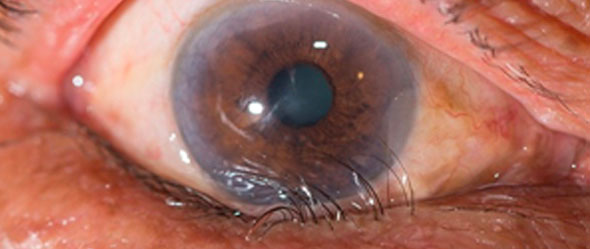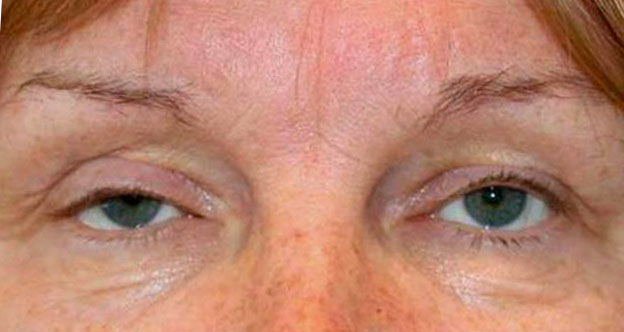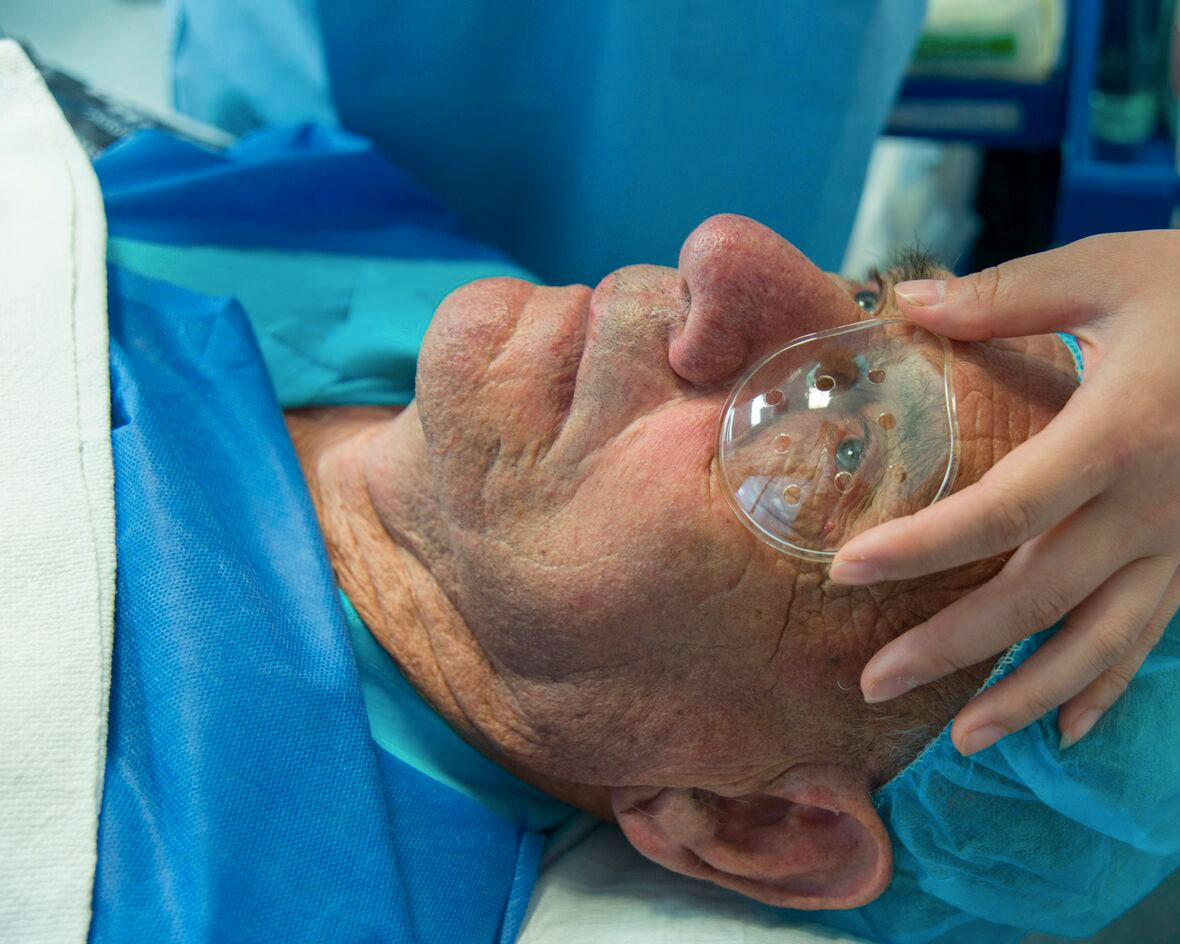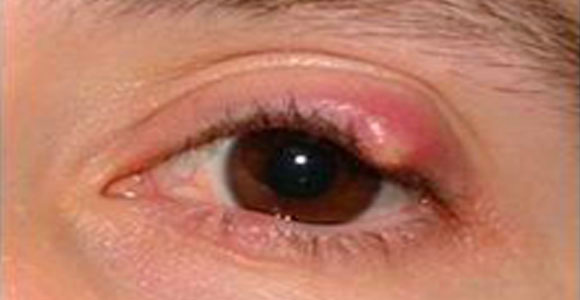Ectropion
Ectropion is the most common lower eyelid malposition. It is often an ageing change resulting in eyelid laxity allowing the lid to sag away from the eye. Mild cases may not visibly turn away from the eye but can cause tearing, irritation, and/or dryness of the cornea. More severe cases will result in the eyelid truly turned away from the eye.
Symptoms may include excessive tearing, chronic irritation, redness, pain, a gritty feeling, crusting of the eyelid, mucous discharge, and in extreme cases breakdown of the cornea.
Ectropion most commonly results from ageing changes causing tissues to stretch and the eyelid to loosen. However, it may also occur from facial weakness (from Bell’s palsy, stroke, or other neurologic conditions), trauma, skin scarring, previous surgeries, or eyelid tumours.
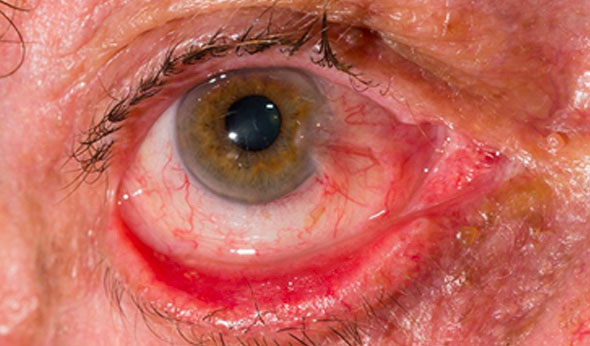
Turning out of the lower eyelid (ectropion)
